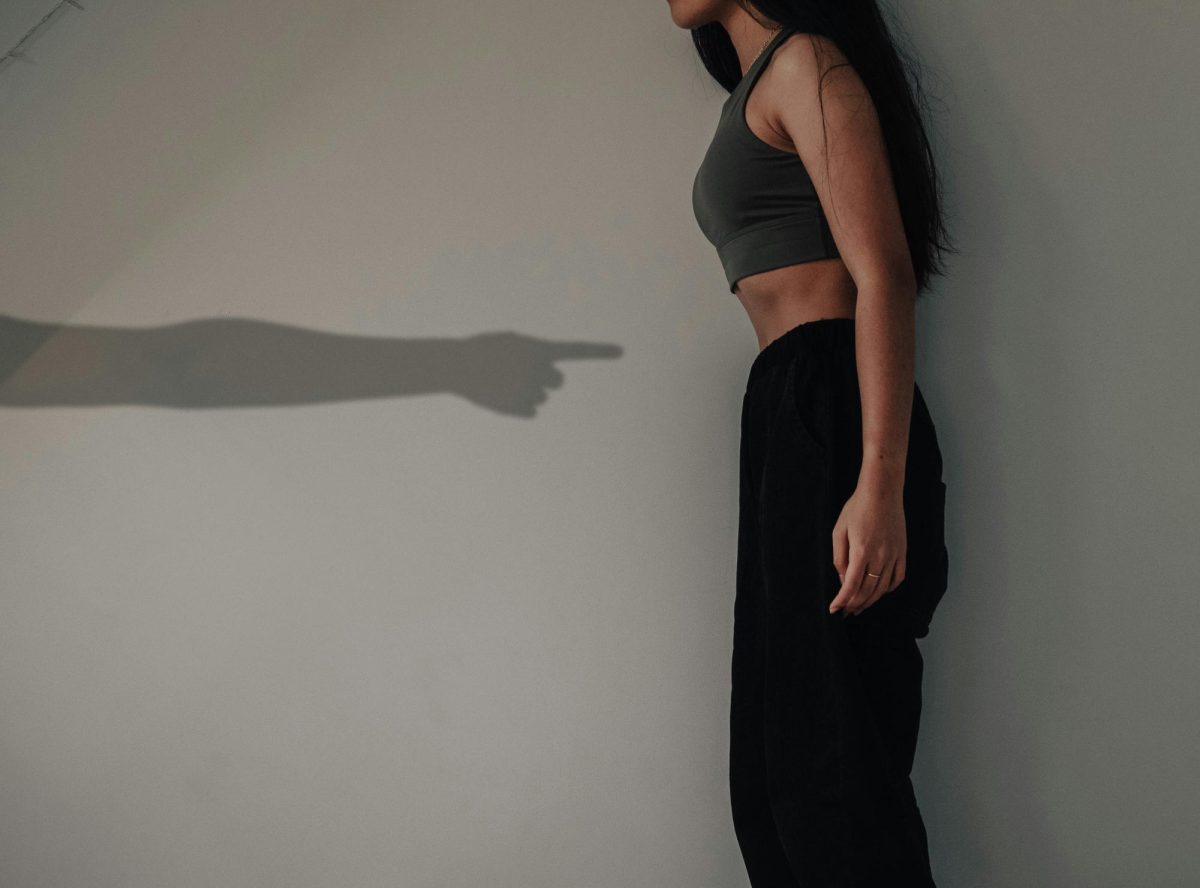Coquette, clean girl, Y2k, grunge, pilates princess: the modern-day fashion landscape promotes constant consumption and participation in various aesthetics. However, there is a thin line between the promotion of fashion trends and the promotion of body type trends.
For participants in certain fashion trends to be considered to fit an aesthetic, they must have the correct body type for the trend. The Y2k fashion trend is best known for low-rise clothing revealing one’s lower mid-drift. Popularly known for low-rise tight jeans, the trend was used by the industry to capitalize off women’s insecurities. The industry used fashion styles to fuel an obsession with unhealthy, skinny physiques and diet culture.
The pilates princess trend embraces wearing hyper feminine and revealing clothing to workout classes. The trend has tied women’s bodies to a fashion style encouraging women to take workout classes to achieve the perfect washboard abs and hourglass body
Regardless of numerous attempts to separate the link between fashion trends and unhealthy body standards, no fashion trend is without the pressure for women’s bodies to look a certain way. “These trends are harmful because they distort the reality of all women when it comes to their bodies. Personally it can feel discouraging when you feel as though you don’t fit in a certain box or within certain requirements” said senior Odelia Ayika.
Even trends that don’t make women feel as though they need to be thin still promote an ideal body type. Kim Kardashian, a widely known influencer, has been credited with cultivating beauty standards in the recent decade.
In 2014, after getting a Brazilian butt lift, Kardashian made curvy clothing mainstream. When Kim was shown wearing an all black bodysuit at the 2021 Met Gala, curves became all the rage. However, the clothing wasn’t the fashion statement, it was her body.
Automatically, having curves in all the right places became the beauty standard and ultimately created the trend for the next decade. Women wearing form-fitting clothes displaying their curvy body types was the standard, and women who lacked curves were ostracized.
Fitting perfectly into the mold is impossible. “As an athlete it is hard to maintain health and my physical abilities while trying to appeal to the male gaze and the media. It’s unfair to categorize women and young girls in such a generalized and demanding way,” commented senior Estelle Treiber.
With over a decade of the curvy body, full figured physiques and form fitting clothing being popular, celebrities are now publicly displaying rapid weight loss alluding to the return of heroine chic: extreme thinness.
Celebrities aren’t the only ones promoting body trends. Popular fashion brands have taken it upon themselves to promote body type trends as well. Brandy Melville, a popular teenage brand, has been known to market their clothing as “one size fits all” promoting the idea that women should fit their clothes, and clothes shouldn’t fit them.
Senior Priya Suresh has taken notice to the specific groups fashion brands are marketed for. “I definitely think that fashion brands market their clothes to skinnier body types. I love to shop and it can be very frustrating when I can tell clothes are not marketed for my body type ” expressed Suresh.
Under extreme expectations, women are faced with impossible choices: keep up with the latest fashion trends and their body standards or be left out completely.
The fashion industry has tied body image and fashion together by emphasizing the value of appealing to body types using clothing. When only specific body types are celebrated, the message that a woman’s worth is solely defined on how visually appealing she is, is sent.
Fashion trends are used as a way for people to bond over a common interest, not further foster outdated thinking.









